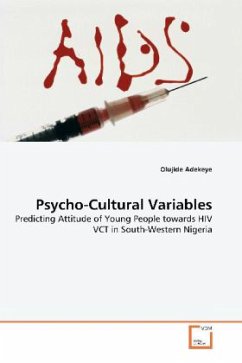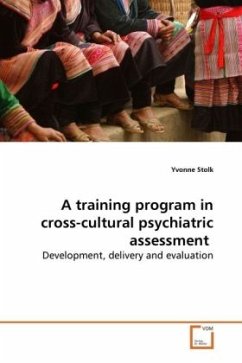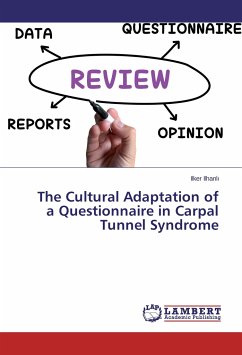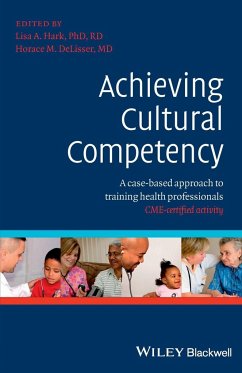
Cultural Epidemiology for Malaria Control
Cultural Epidemiology for Malaria Control in Ghana
Versandkostenfrei!
Versandfertig in 6-10 Tagen
45,99 €
inkl. MwSt.

PAYBACK Punkte
23 °P sammeln!
Malaria is a threat to more than 40% of the world spopulation and responsible for more than 300 millionacute cases each year, which resulted in 1.2 milliondeaths in 2002. Over 80% of the malaria-relatedmorbidity and mortality occur in sub-Saharan Africa.The malaria situation in Ghana is typical ofsub-Saharan Africa, where malaria is ranked firstamong the top ten diseases seen in most healthfacilities. The overall goal of this study was todetermine the occurrence, distribution, anddeterminants of MRI experiences, meanings andbehaviours, inasmuch as these affect risk, andprotective behaviours re...
Malaria is a threat to more than 40% of the world s
population and responsible for more than 300 million
acute cases each year, which resulted in 1.2 million
deaths in 2002. Over 80% of the malaria-related
morbidity and mortality occur in sub-Saharan Africa.
The malaria situation in Ghana is typical of
sub-Saharan Africa, where malaria is ranked first
among the top ten diseases seen in most health
facilities. The overall goal of this study was to
determine the occurrence, distribution, and
determinants of MRI experiences, meanings and
behaviours, inasmuch as these affect risk, and
protective behaviours relevant for intervention.
Results indicate that Malaria is recognised as a
leading health problem in these communities.
Convulsions were identified as a component of the
malaria-related illness complex. This is the first
time that the cultural epidemiology framework has
been applied to study the sociocultural aspects of
malaria. The implications of the findings for
interventions are discussed in individual papers
presented in the book, and in consisting of a
discussion of the overall study and conclusions.
population and responsible for more than 300 million
acute cases each year, which resulted in 1.2 million
deaths in 2002. Over 80% of the malaria-related
morbidity and mortality occur in sub-Saharan Africa.
The malaria situation in Ghana is typical of
sub-Saharan Africa, where malaria is ranked first
among the top ten diseases seen in most health
facilities. The overall goal of this study was to
determine the occurrence, distribution, and
determinants of MRI experiences, meanings and
behaviours, inasmuch as these affect risk, and
protective behaviours relevant for intervention.
Results indicate that Malaria is recognised as a
leading health problem in these communities.
Convulsions were identified as a component of the
malaria-related illness complex. This is the first
time that the cultural epidemiology framework has
been applied to study the sociocultural aspects of
malaria. The implications of the findings for
interventions are discussed in individual papers
presented in the book, and in consisting of a
discussion of the overall study and conclusions.












